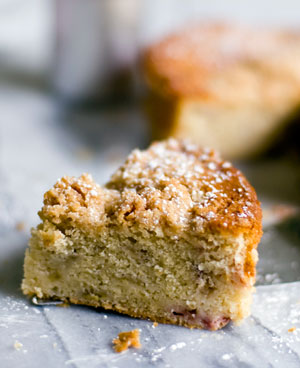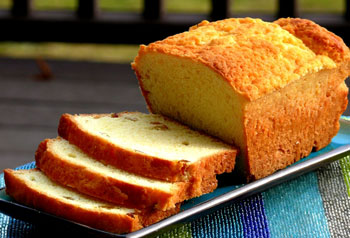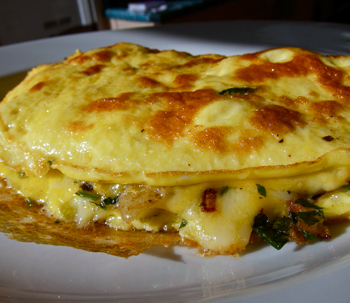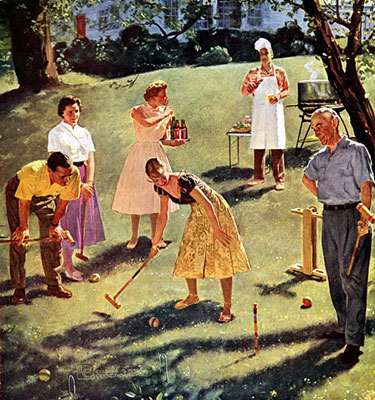 It’s rhubarb season. I took me a while but I have discovered rhubarb. And what I have discovered is that I like them. I like them in a crisp, in a buckle, in a muffin, stewed with other fruit, and in a pie. The word rhubarb was a turn off for me. I don’t know why. I just had a visceral aversion to it.
It’s rhubarb season. I took me a while but I have discovered rhubarb. And what I have discovered is that I like them. I like them in a crisp, in a buckle, in a muffin, stewed with other fruit, and in a pie. The word rhubarb was a turn off for me. I don’t know why. I just had a visceral aversion to it.
Then one evening, while out with some of my best friends, at one of my favorite restaurants – Gjelina – we ordered the strawberry rhubarb crisp for dessert. There were several other sweet treats on the table that night, but it was this particular dessert that blew our taste buds away. And it is forever etched in my memory. Cannot wait to go back. I’ll order a few of my favorite small bites and this crisp.
I picked up some rhubarb at the farmers market last weekend. Came home with it and the rest of my loot, and sat down in my comfy, oversized, vintage leather chair. I opened up one of my favorite books; rustic fruit desserts and searched for something to make. I earmarked the rhubarb buckle with ginger crumb as well as the rhubarb oat and pecan crumble.
In celebration of mother’s day, I made the buckle. What could be more satisfying than a piece of this cake, along with a cup of tea for a Sunday afternoon snack? I really can’t think of anything more satisfying...

 Here's a great dish that does double duty: it can be dinner tonight and lunch tomorrow. It's delicious served slightly warm or chilled. And it's especially great for a Friday night Lenten dinner. Using readily available ingredients including my favorite cans of tuna, this dish is light on the wallet too. For the best taste and texture use white albacore tuna packed in oil. It's much better than the chunk light in water.
Here's a great dish that does double duty: it can be dinner tonight and lunch tomorrow. It's delicious served slightly warm or chilled. And it's especially great for a Friday night Lenten dinner. Using readily available ingredients including my favorite cans of tuna, this dish is light on the wallet too. For the best taste and texture use white albacore tuna packed in oil. It's much better than the chunk light in water. Babka (cake) is a big part of my childhood memories. If you don't know what babka is, I guess the best way to describe it is a very spongy, brioche-like yeast cake. It's sweet and usually has a fruit filling such as golden raisins. It's a very dense cake and the dough can be very finicky and easily over-mixed.
Babka (cake) is a big part of my childhood memories. If you don't know what babka is, I guess the best way to describe it is a very spongy, brioche-like yeast cake. It's sweet and usually has a fruit filling such as golden raisins. It's a very dense cake and the dough can be very finicky and easily over-mixed. Omelets are a great main course. Perfect for breakfast but also satisfying as lunch, dinner or a snack.
Omelets are a great main course. Perfect for breakfast but also satisfying as lunch, dinner or a snack. There is no soup more classic than the French onion soup. It's famous
around the world and here in the United States, no bistro menu is
without it. It's a soup that is ultimately comforting, flavorful, and
adored by everyone who tries it. The best part is breaking through the
irresistible topping of bread and melted cheese. No wonder so many
people have claimed to be its inventor.
There is no soup more classic than the French onion soup. It's famous
around the world and here in the United States, no bistro menu is
without it. It's a soup that is ultimately comforting, flavorful, and
adored by everyone who tries it. The best part is breaking through the
irresistible topping of bread and melted cheese. No wonder so many
people have claimed to be its inventor.
